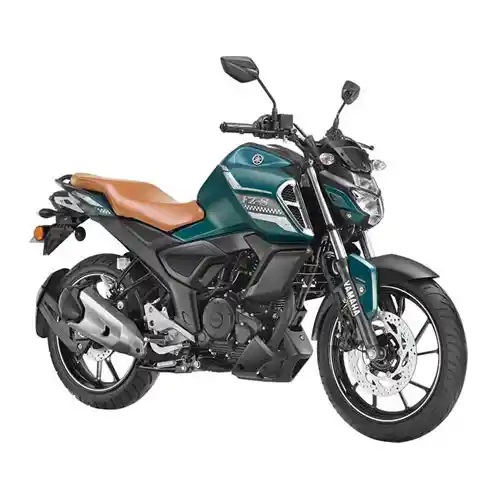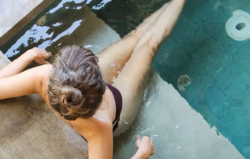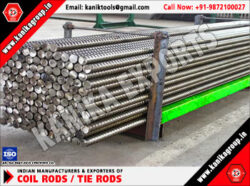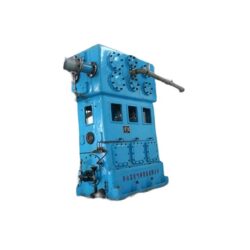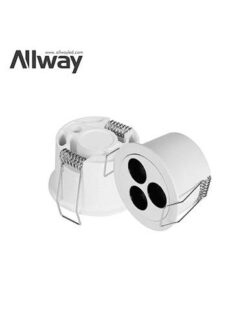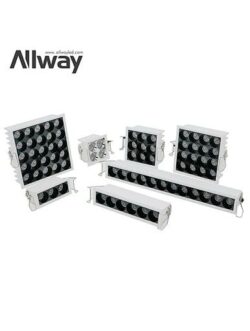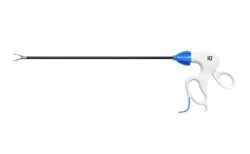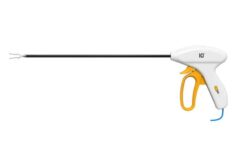The Art of Bike Maintenance: Essential Tips and Techniques
Maintaining a bike is essential for ensuring optimal performance, longevity, and most importantly, safety. The art of bike maintenance goes beyond just owning a bicycle; it involves understanding its components, conducting regular inspections, and performing necessary adjustments and repairs. In this article, we will explore the importance of bike maintenance and provide essential tips and techniques to help you keep your bike in top shape.
Safety First:
Proper bike maintenance is crucial for your safety on the road or trail. Regularly inspecting components such as brakes, tires, and lights ensures that they are in good working condition. https://www.bikevaly.com Check brake pads for wear and tear, examine tire treads for signs of damage or wear, and test the functionality of lights and reflectors. By prioritizing safety in your maintenance routine, you can prevent accidents and enjoy worry-free rides.
Cleaning and Lubrication:
Regular cleaning and lubrication are fundamental aspects of bike maintenance. Use a gentle bike-specific cleaner and a soft brush to remove dirt and grime from the frame, chain, and other components. After cleaning, apply lubricant to the chain, derailleur pivots, and other moving parts to reduce friction and enhance performance. Remember to wipe off excess lubricant to prevent attracting more dirt.
Tire Maintenance:
Proper tire maintenance ensures a smooth and comfortable ride. Regularly check tire pressure and inflate them to the recommended PSI (pounds per square inch) indicated on the sidewall. Inspect tires for cuts, bulges, or embedded debris that may lead to punctures. Additionally, rotate your tires periodically to promote even wear and prolong their lifespan.
Chain Care:
The chain is a critical component that requires regular attention. Keep it clean and lubricated to optimize performance and prevent premature wear. Use a chain cleaner tool or a brush with degreaser to remove dirt and old lubricant. After cleaning, apply a suitable bicycle chain lubricant, ensuring that it penetrates each link. Remember to wipe off excess lubricant to avoid attracting dirt and debris.
Brake Maintenance:
Maintaining properly functioning brakes is essential for your safety. Check brake pads for wear and replace them if they are worn down. Ensure that brake cables are properly tensioned and adjust as necessary. If your brakes feel spongy or less responsive, it may indicate air in the brake lines, which may require bleeding. Seek professional assistance if needed.
Gear Shifting and Derailleur Adjustment:
Smooth and precise gear shifting enhances your riding experience. Regularly inspect gear cables for signs of fraying or corrosion and replace them if necessary. Proper derailleur adjustment ensures accurate and reliable shifting. Familiarize yourself with the barrel adjusters and limit screws on your derailleur to fine-tune its performance. If you’re unsure, consult a bike mechanic for assistance.
Periodic Professional Tune-ups:
While regular maintenance can be performed at home, it is advisable to schedule periodic professional tune-ups. A trained bike mechanic can thoroughly inspect your bike, identify any underlying issues, and perform advanced adjustments or repairs. Professional tune-ups are especially important for complex tasks like wheel truing, bottom bracket servicing, or headset adjustments.
Conclusion:
The art of bike maintenance is an essential skill for every cyclist. By prioritizing safety, regular cleaning, lubrication, and proactive inspections, you can prolong the life of your bike, enhance its performance, and enjoy worry-free rides. Remember to address issues promptly and seek professional assistance when needed. With proper maintenance, your bike will continue to be a reliable companion, taking you on countless adventures for years to come.
